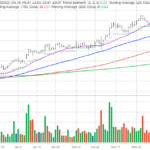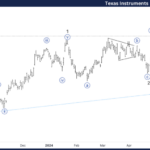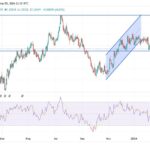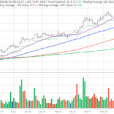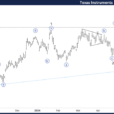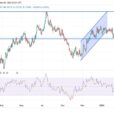
The Federal Reserve (Fed) is widely expected to continue to tighten its monetary policy this year. According to a latest Reuters Poll, the Fed is likely to start shrinking its US$4 trillion balance sheet in September and, moreover, raise further its key interest rate, which is currently standing in a range of 1.0 to 1.25 percent, in the fourth quarter this year.
According to mainstream economic wisdom, the time has come for the US economy to return to a more normal level of interest rates. Industrial output is expanding at a decent clip, official unemployment has declined markedly, and prices in the stock and housing market show a sustained upward drift. Considering these circumstances, the US economy can now shoulder a tighter monetary policy, it is said.
It should be understood, however, that there will be side-effects, even unintended consequences, if and when the Fed hikes interest rates further. Most importantly, the Fed doesn’t know where the “neutral interest rate” is. If it does too much, the economy will collapse. If it does not do enough, it will only prolong the artificial boom, causing ongoing malinvestment and, ultimately, another crisis.
Admittedly, this is nothing new: The Fed has always been a cause of boom and bust. It sets into motion an artificial boom by issuing new fiat money through bank credit expansion. Such a boom, however, must sooner rather than later collapse and turn into a bust. It is, therefore, strongly advised to expect nothing good coming out of Fed interventions.
Going Through the Numbers
This of course holds true for the Fed’s plan to start selling securities it has bought during the financial and economic crisis to prop up the economic and financial system. Back in 2008 and 2009, the Fed provided the US banking system with an enormous cash infusion by granting loans to and purchasing securities from banks.
The Fed ramped up banks’ cash holdings from US$ 24,9bn to US$ 2,398.1bn from September 2008 to July 2017. It did so by buying Treasuries and mortgage-backed securities (MBS) amounting to US$ 1,908.9bn and US$1,770.3bn, respectively. In the meantime, however, banks have repaid most of the loans provided by the Fed.



